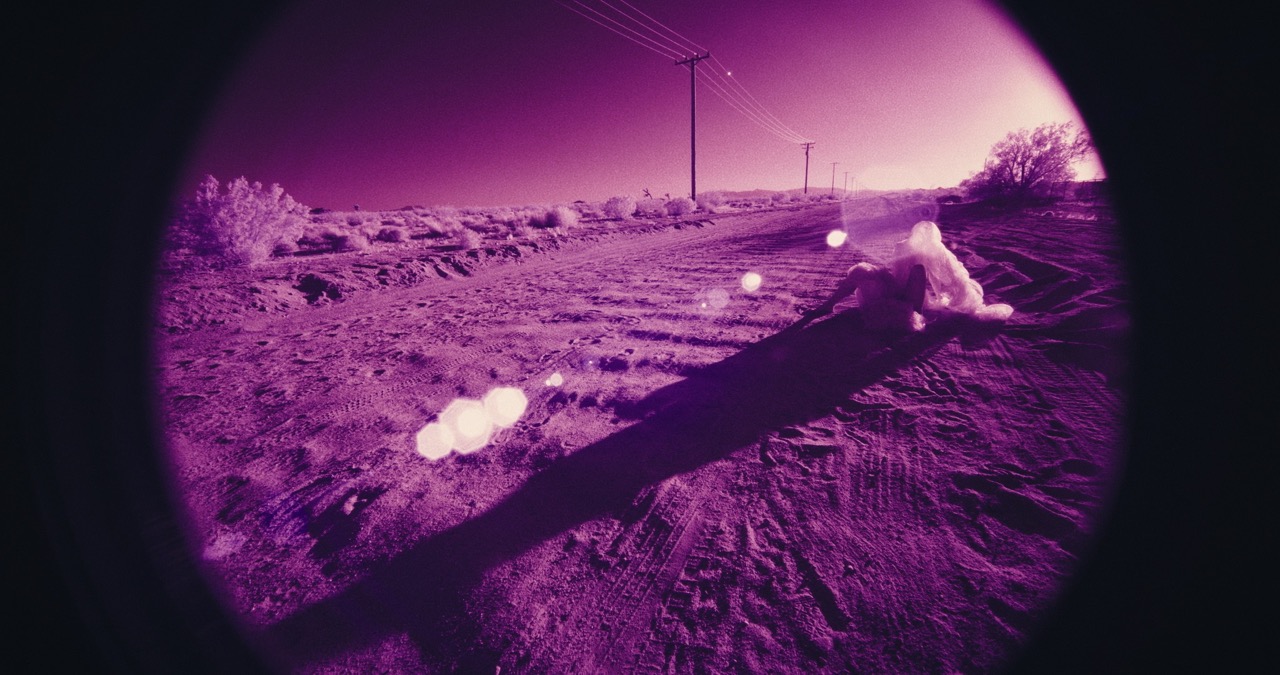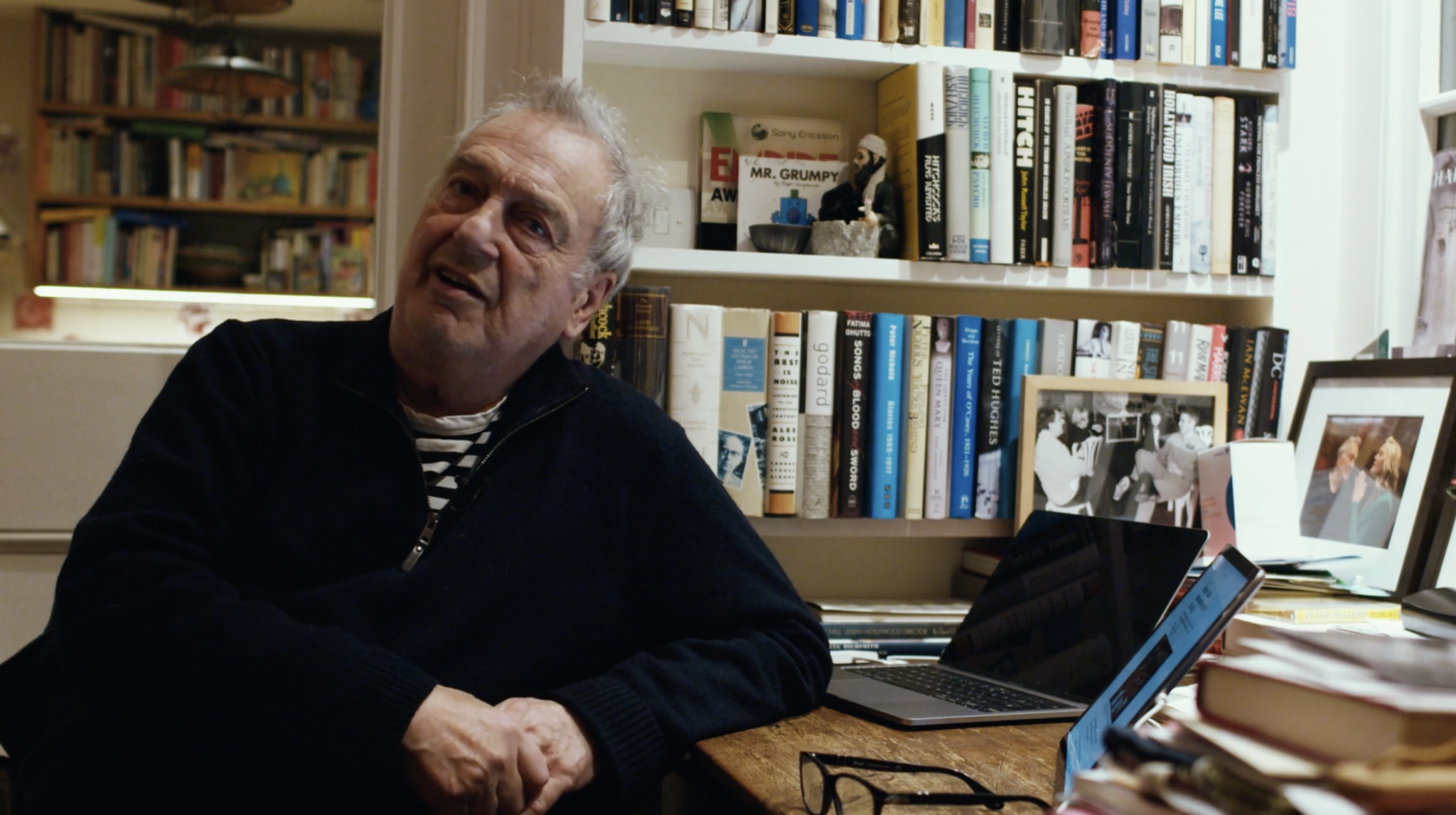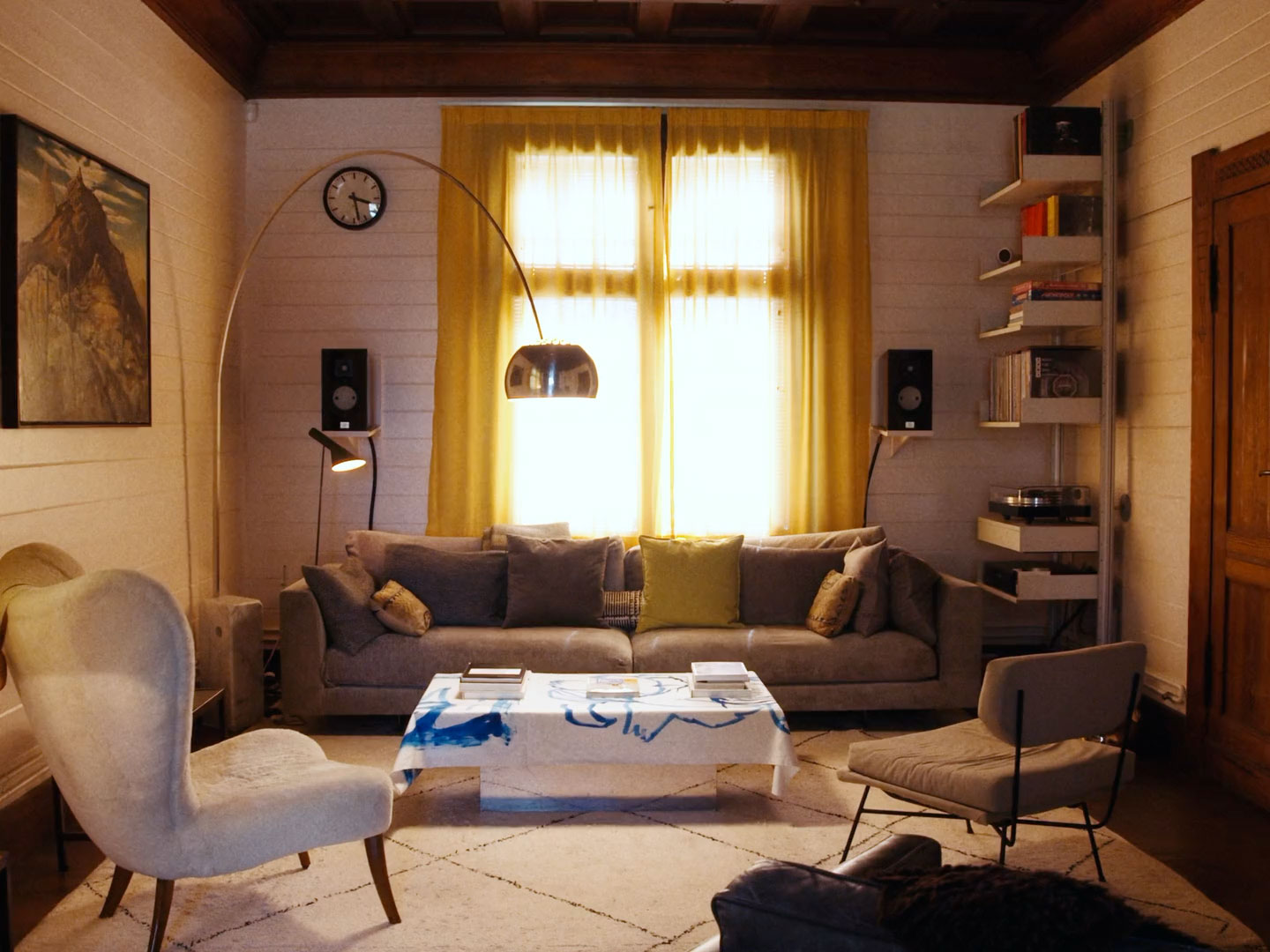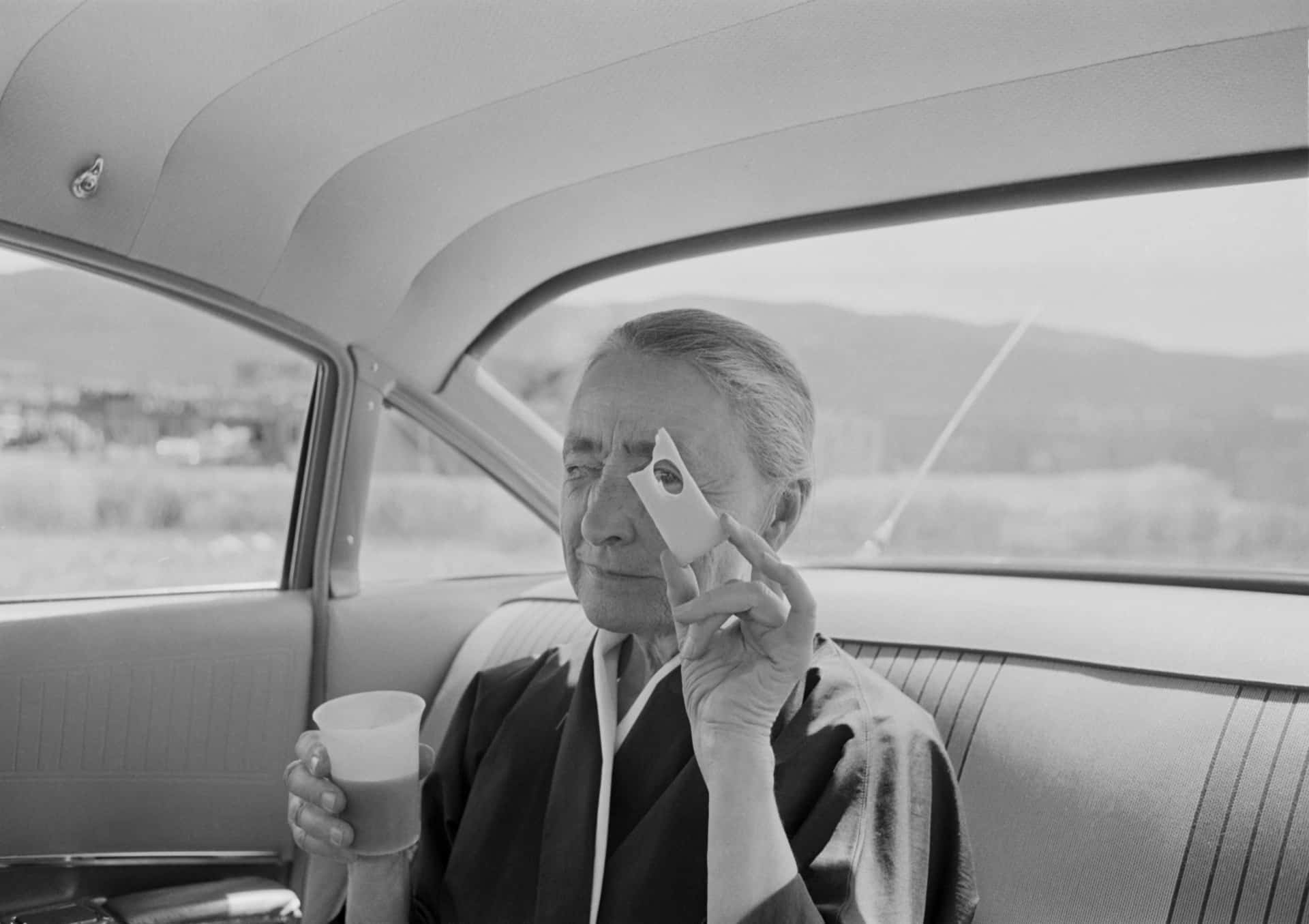
The myth of Georgia O’Keeffe is a powerful one: a sharply-dressed loner who found her home in the New Mexico desert, and a plucky hard-worker whose life and art declared her considerable prowess. Her paintings of desert landscapes, rock forms, bones and particularly plants, whose fronds, petals and stamens she depicted in close-up and larger-than-lifesize, pioneered a new and purely American form of modernism that has remained influential ever since. Exhibitions of her work are box-office gold. Her 1932 painting Jimson Weed/White Flower No. 1 holds the record for the highest price paid for a painting by a woman: US$44.4 million.
That radical close-cropping in her work owed much to modernist photography, and particularly to the photographer Paul Strand who between 1915 and 1917 was also experimenting with abstraction. But the swelling, undulating rhythms and softly blended tones were O’Keeffe’s own, a means of conveying emotion and sensation.
Strand was a close friend of O’Keeffe. In 1917, when she was 20, they even exchanged romantic letters, and Strand moved to be with her in Texas where she was teaching, though it was their mutual mentor, the photographer and gallerist Alfred Steiglitz, with whom she fell in love. Their charged relationship is one of the most famous in American art, and arguably changed its course.
Stieglitz was man of the moment: a kind of impresario intent on shaking up the American art scene, trotting about Greenwich Village in a black cape. His gallery on Fifth Avenue, 291, is where American modernism took root (he opened it eight years before the Armory Show, usually cited as introducing modern art to the US in 1913). Besides importing Cézanne, Picasso and Matisse, his mission was to put photography on an equal plane with painting, and to nurture homegrown talents such as John Marin, Arthur Dove—and O’Keeffe.

Her 1917 debut exhibition—a friend of hers had sent him her charcoal drawings without O’Keeffe’s knowledge—was the first of more than 20 at 291 and his subsequent galleries. Since she was still in Texas then, their courtship was conducted by letters. He was 23 years older, married and a father, but they were enthralled by each other. His letters averaged 20 or 30 pages, some bursting open in transit. In reply, she described her wish “to paint the world with a broom, and I think I’d like lots of colour…and I don’t want to be careful of the floor, I just want to splash.” The as yet unploughed plains captivated her, as did the “tearing wind” and the wide skies. “You could drive out into space and when the sunset had gone, you were lighted back by the
light of town…I was just crazy about all of it. The beauty of that wild world.”
Unlike most other American modernists, O’Keeffe was entirely homegrown: born on the Wisconsin prairies, raised on a dairy and livestock farm. By 12, she had announced her desire to become a painter. At 19 she went to art college in New York, studying under the painter William Merritt Chase. She won his still-life prize with an oil titled Dead Rabbit with Copper Pot in 1908, but despised the academic, feathery style then in vogue and after a stint as a commercial illustrator, was disillusioned enough to move back west. Between 1911 and 1918, she taught art to elementary school children all over Texas and South Carolina. If she was advertised to parents as “the best talent that can be secured”, she also caused a stir by going about in androgynous suits, square-toed Oxfords and a man’s felt hat. Her clothing remained integral to her myth all her life; as much an expression of her modernity as her works of art. Austere and monochromatic, she designed and made some pieces herself, while others were made for her by a New York tailor—Marlene Dietrich was a fellow customer—and all of it complemented by practical items such as bandanas and gaucho hats to protect her hair from the New Mexico dust, summer- weight kimonos to combat the heat, and denim workwear. (In 2018, Maria Grazia Chiuri used O’Keeffe as inspiration for her debut cruise collection for Dior).
O’Keeffe also controlled her image through photography—and she was photographed a lot. By greats including Ansel Adams and
Cecil Beaton, Andy Warhol, Bruce Weber and Annie Leibovitz, though most often by Stieglitz. “He photographed me till I was crazy,” she
once said, though in fact the pictures—intimate, artistic—were collaborative and designed to foreground O’Keeffe’s intrepid, emancipated spirit. Unfortunately they also encouraged a sexual reading of her flower paintings that the businessman in Stieglitz did little to discourage, but which upset O’Keeffe. “They [the critics] were talking about themselves, not about me,” she said.
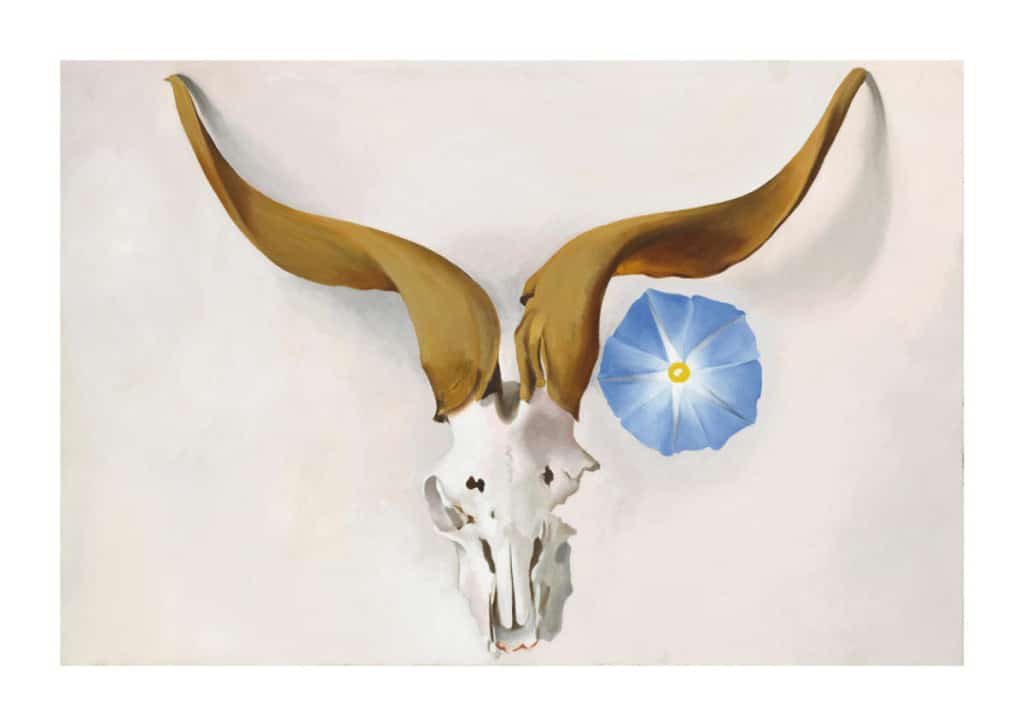
The pair married in 1924, moving into the tallest building in New York—The Shelton Hotel on Lexington. Its dining room meant neither had to cook, buying O’Keeffe a form of equality. She had her own studio, too, from which she painted the city’s ur-modern skyline, rising strong and splendid towards the skies. “I think of [New York] going up, always,” she said.
When summer came, they escaped to Lake George in the Adirondacks. Stieglitz had family there, but the solitude-hungry O’Keeffe converted an old building into a studio that she named her “shanty”. She made paintings of the mountains that ringed the lake, the oaks and maples, and reflections on the water. She sought always “to create an equivalent for what I felt about what I was looking at—not copy it,” she said.
By 1929, O’Keeffe had become restless. She loathed the socialising required of her on the New York art scene. Besides, Steiglitz had begun an affair with a much younger photographer and writer, Dorothy Norman. In response, O’Keeffe and her friend and fellow artist Rebecca “Beck” Strand—Paul’s wife—travelled west to Taos, New Mexico, where they were taken in by the heiress Mabel Dodge Luhan, patron to D.H. Lawrence, Ansel Adams, Willa Cather and, before long, O’Keeffe. “As soon as I saw it, I knew that it was my country,” she said of New Mexico. “It fitted to me exactly.”
The desert and its thousand-years of history became her muse. Though she returned periodically to visit Steiglitz in New York, she continued to paint the desert landscape from memory in her Manhattan studio. The moment she returned to New Mexico, Steiglitz would bombard her with letters, hoping to effect her return, but she was forging an independent life. “My urge towards what I feel here is stronger than my sadness,” she wrote to him, tenderly.
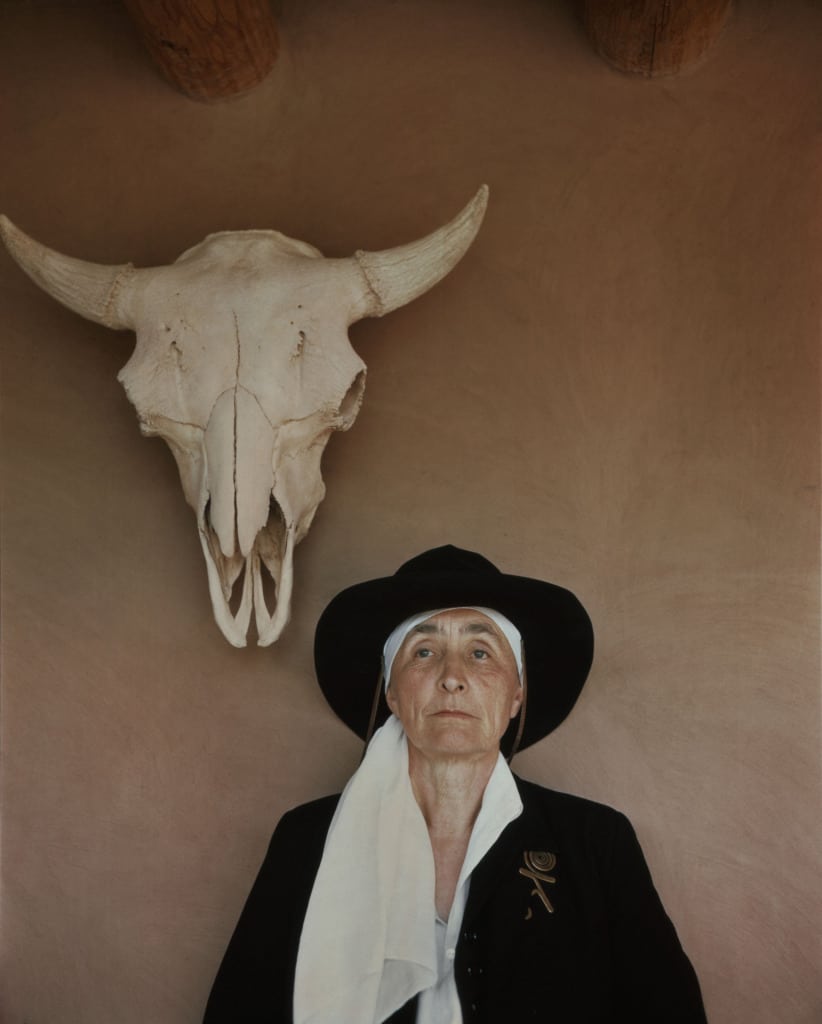
To begin with, she lived in one of the guest cottages at Ghost Ranch near Abiquiú, Rio Arriba County, but in 1945 O’Keeffe purchased a 5,000 sq ft compound in Abiquiú itself, and set about restoring it from ruin. Part of the house dated from the 1700s, expanded in the 19th century into an adobe (mud) hacienda around an open courtyard. O’Keeffe gave it her own idiosyncratic stamp, with wide glass walls—“I wish you could see what I see out the window,” she wrote to her friend, the artist Arthur Dove: “the earth pink and yellow cliffs to the north—the full pale moon about to go down in an early morning lavender sky, a feeling of much space”—and by furnishing it with choice mid-century modern pieces, plus the rocks and bones she collected on her desert walks. “Because there were no flowers I began picking up bones,” she explained. “I wanted to take something home to work on.” In her paintings they represent the desert’s enduring beauty and the strength of the American spirit.
O’Keeffe made New Mexico her permanent home in 1949—the year Steiglitz died and little remained to tether her back east. She was already 62 then, though she would live another 40 years, striding the canyons and valleys, some of them a day’s drive away, capturing
sun and shadow while sitting in the back of a Ford car from which she had removed the back seat. To the locals, she came to be seen as the spirit of the place. Come feminism in the 1960s, O’Keeffe’s famously self-reliant life was held up as an exemplar. Gloria Steinem even showed up in New Mexico with a bouquet of roses, though O’Keefe reportedly slammed the door in her face. She was also none too complimentary about women who identified as women artists.
Even so, her reputation, which had waned in the reign of Abstract Expressionism, received a welcome boost. In 1970, she was given a substantial retrospective at the Whitney, and in 1983, was interviewed by Andy Warhol. “I can’t walk alone, but I’m 96,” she told him. “Who wants to get up in the morning and hunt around for someone to take them walking?”
She was also suffering from a degenerative eye condition that turned first the bright desert light she loved grey, then claimed her ability to paint in oil. She turned instead to watercolour—or returned, I should say, since it was the medium that had fuelled her most feverish experiments and rehearsals as a twenty-something out on
the Texas Panhandle that are possibly her finest works. Something of their lush, emotive quality remains in their later cousins, for which O’Keeffe relied wholly on memory. She painted the last of them in 1982, dying four years later at 98.
Main image: Georgia O’Keeffe holding a slice of cheese. New Mexico, 1960. By Tony Vaccaro.


